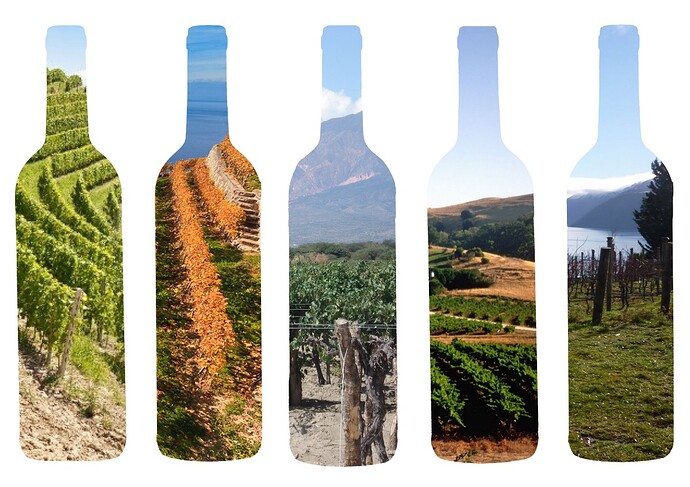I think to understand the mentality in Burgundy (not at the domaines you cite, but at many addresses), you need to step back fifteen to twenty years, to a time when all these wines were much more modestly priced on the marketplace—with a much smaller gap in price between a top domaine’s best grand cru and a mediocre producer’s rendition of the same appellation—and volume was more likely to be the decisive factor in any given domaine’s revenue. The period of Burgundy pricing that we are currently living though is highly anomalous historically, and you don’t change an entire culture over night. Legally, you have the right (as it is expressed in French) to make quite a bit more volume in the lower appellations, and you were and are expected to. I was discussing this with Christophe Roumier, who cropped his 2018 Bourgogne at 35 hectoliters per hectare (about two-and-a-half tons per acre). He observed that several colleagues have queried why he doesn’t crop a bit more generously, saying, “it’s just Bourgogne, all the same”. I don’t criticize this mentality, which has deep cultural and historical roots, but it would be naive to imagine that it no longer exists—even if, when you see the sort of reputation that someone like Ente can build with great village wines, you might think that the writing is on the wall. To put it another way, one of the parcels adjacent to one of Leroy’s Auxey-Duresses lieux-dits is chemically farmed and machine harvested. The Leroy wine sells for more than 1,000 USD per bottle on the market; the other likely leaves the domaine for less than 20 EUR per bottle. The writing may be on the wall, but it will take some time before everyone reads it.
To directly address your quote, most Burgundians do not think of themselves as “making Pinot Noir” but as making appellations; and the world of appellations is not the equal-opportunities world of varietal wines.
Note, also, that the wines of today are influenced by the planting decisions of the past: a winemaker aspiring to make great wine may be stuck with the high-yielding fat-berried clones planted by his or her father in the 1980s…
I think that consumers, having internalized the hierarchy of appellations, also play a role in reinforcing it, in that I have met many collectors who would sneer at a communal wine, even from a top producer, seeking only the grand appellations. In my view, that is totally wrong-headed, but to some extent at least the economic model of contemporary Burgundy is premised on a softer version of that prejudice. Too many communal or premier cru bottlings that embarrassed grands crus would be very “disruptive”—especially within a producer’s cellar!
But this is quite a complex question, and a very interesting one, if one goes beyond the easy answers. It really needs to be set in some sort of historical context, and in that regard I would highly recommend the decade-by-decade chapter introduction in Allen Meadows’ new book, Burgundy Vintages, which is really the first book—to my knowledge, at least—to properly contextualize the wines of the region over time.

